Two dedicated Passive House sessions at the 2024 conference in Gaobeidian
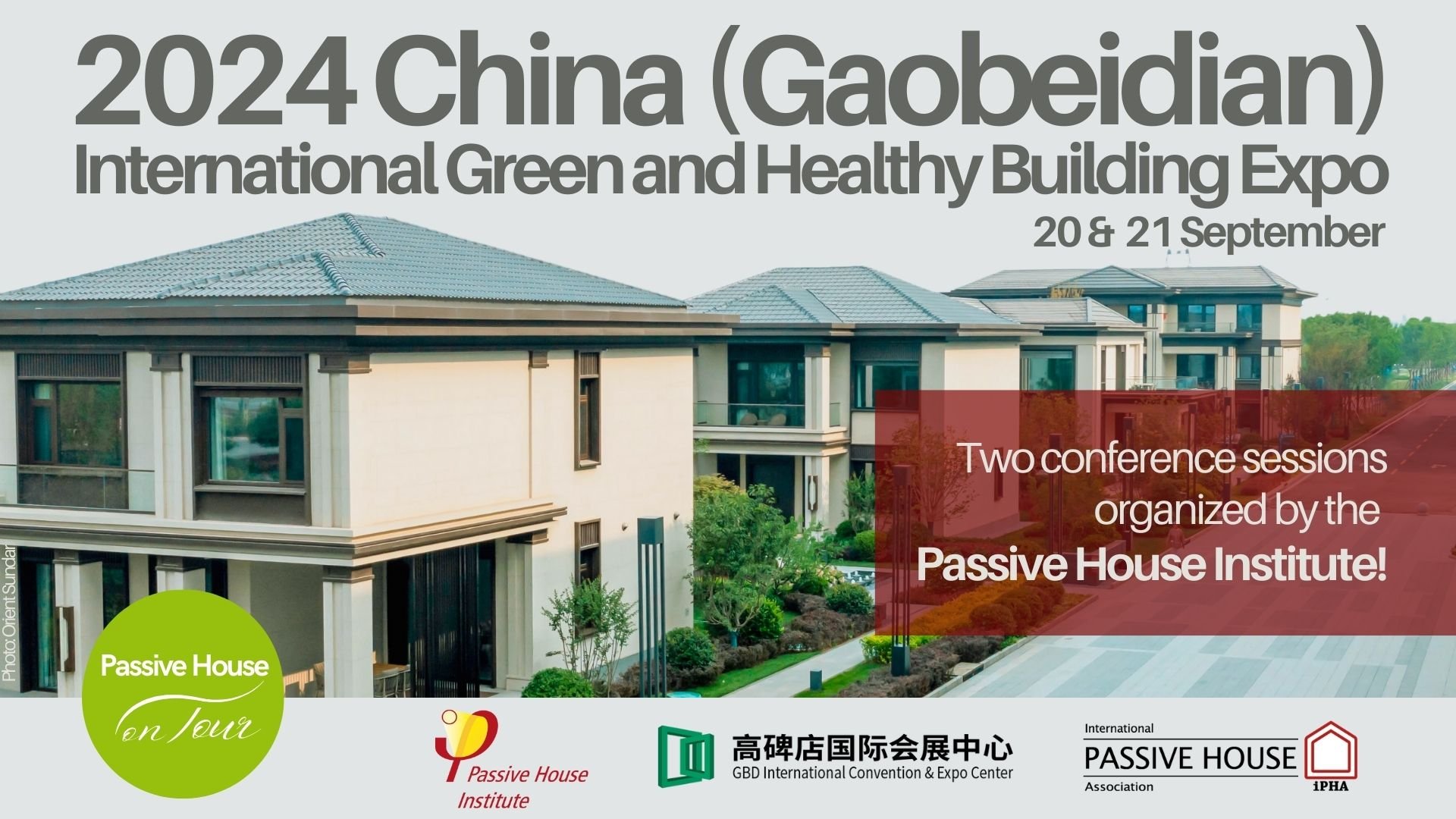
The Passive House Institute very much enjoyed participating in the 2024 China International Green and Healthy Building Expo in Gaobeidian on 20 + 21 September 2024!
In two special sessions, 12 highly esteemed international experts shared their knowledge and experience with Passive House and sustainble construction with a keen audience. Check out the programme schedule below for more details.
More information on the International Green and Healthy Building Conference can be found here!

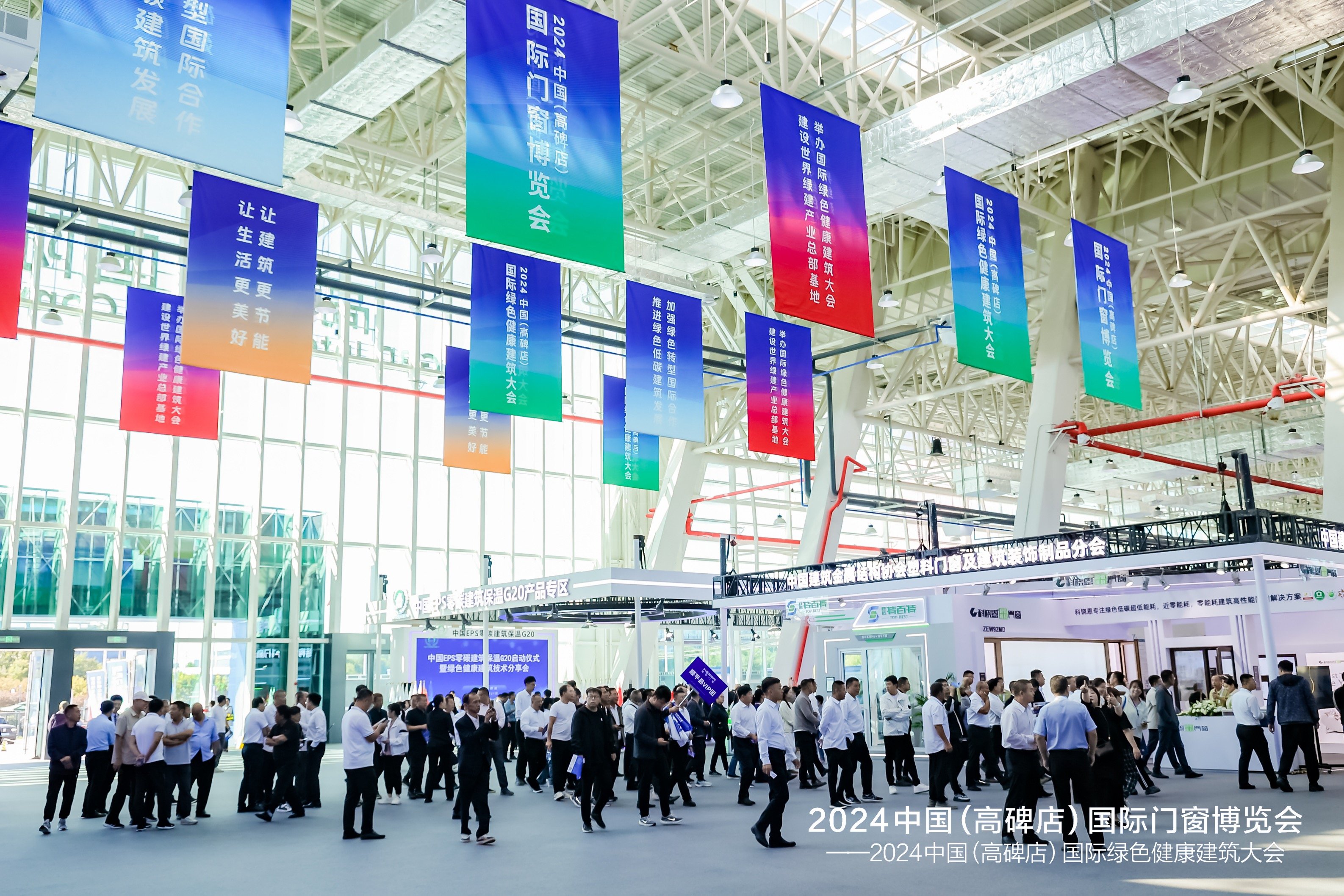
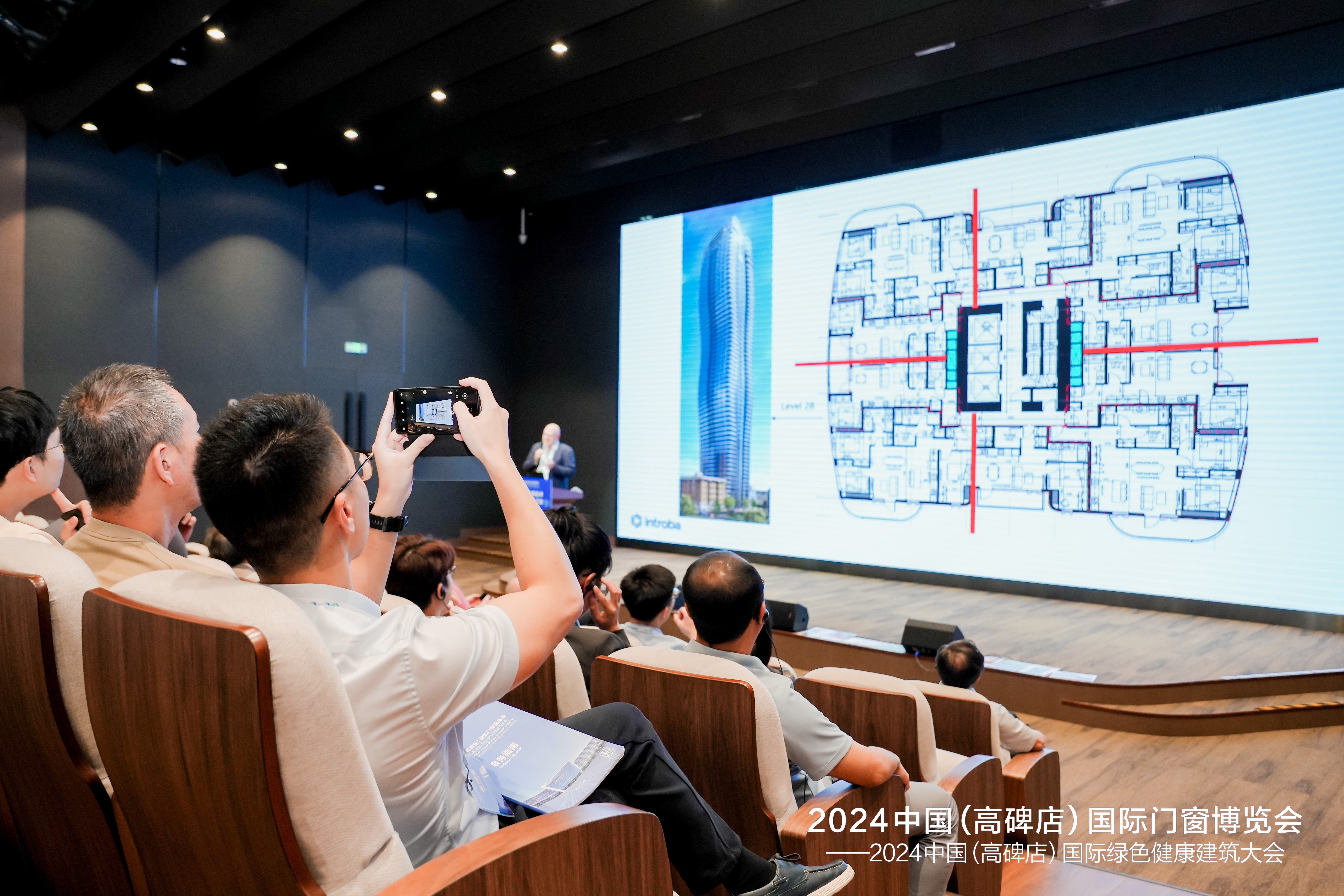
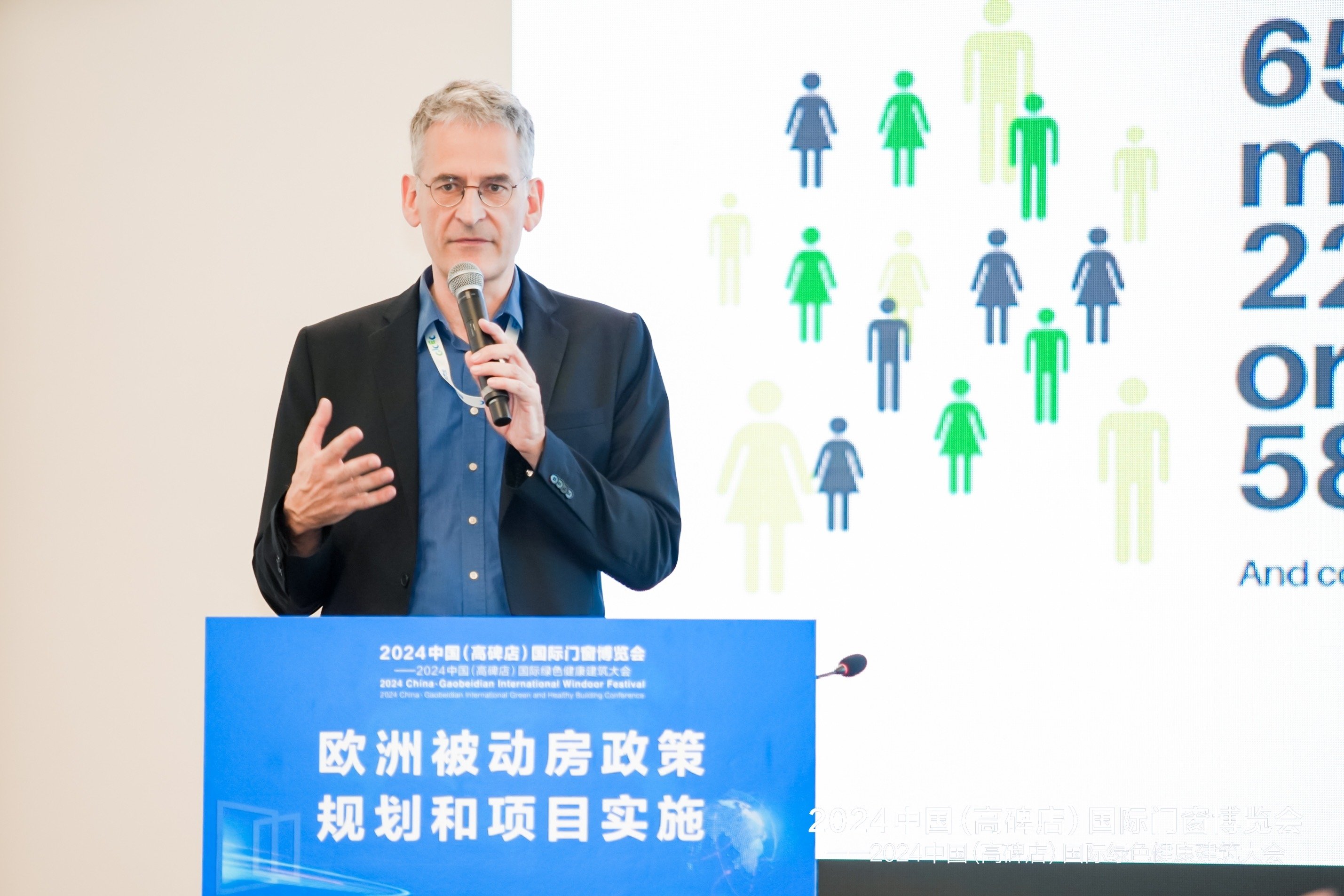
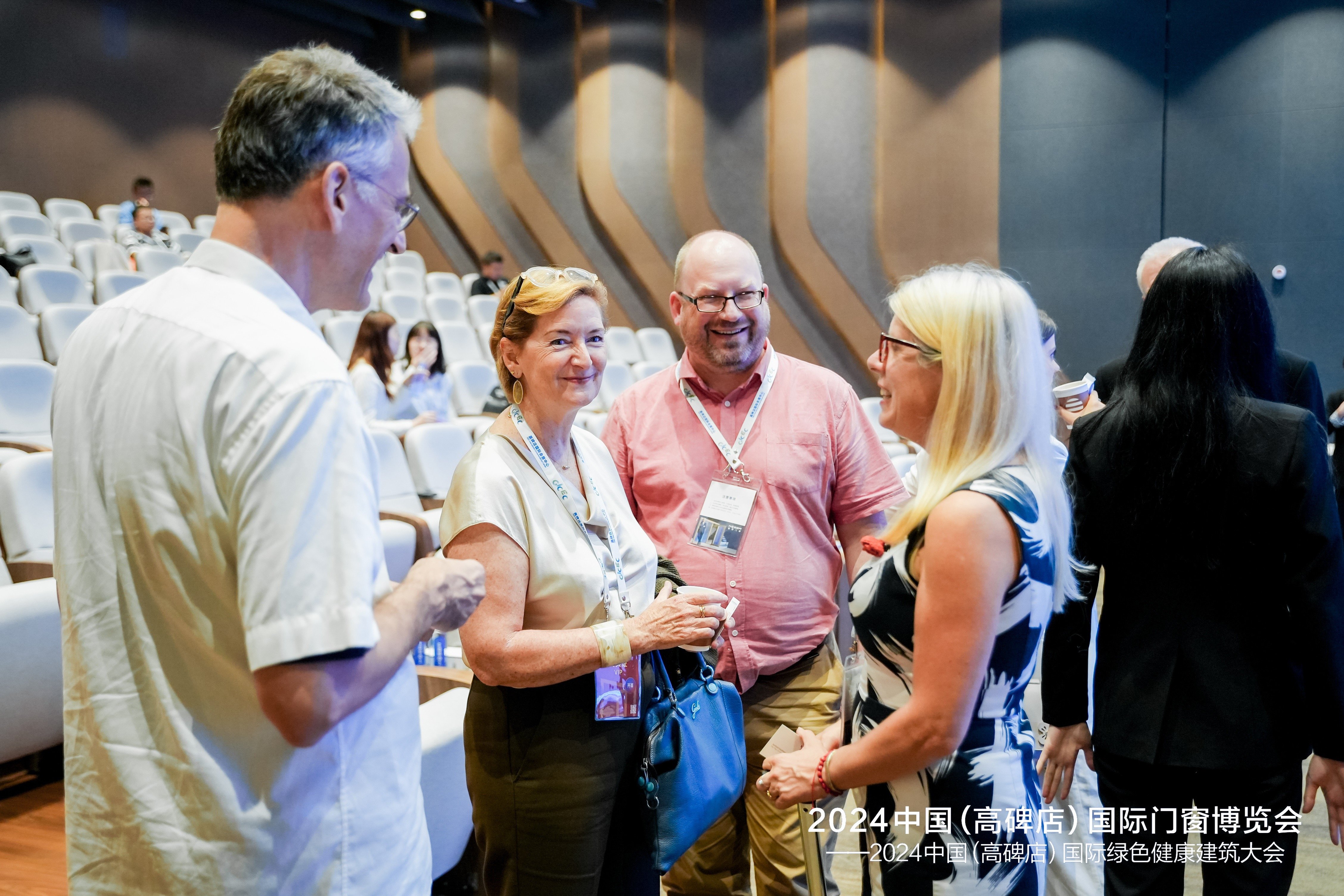
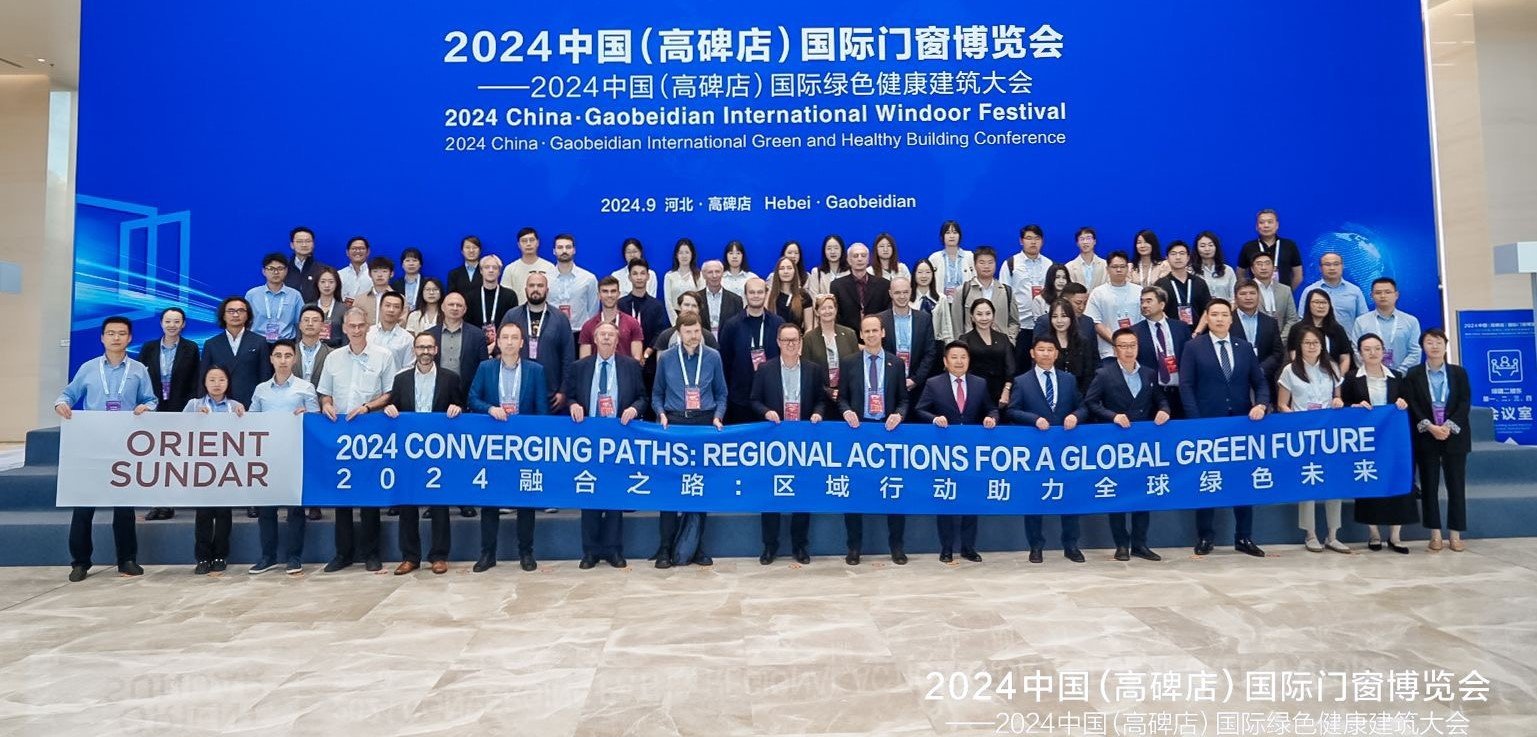
Friday 20 September 2024
Passive House: Policy, PHPP energy modelling, and project case studies
| Time | Title | Speaker | Summary |
| 14:00 | Welcome video featuring Wolfgang Feist & Introduction to Passive House in China |
Wolfgang Feist & Wei Kuang, Passive House Institute |
Wolfgang Feist will welcome everyone to the session with a motivating video presentation on the achievements of the Passive House standard. Following this, Wei Kuang will provide an overview of the many Passive House projects realized in China during the past 15 years. |
| 14:20 | Why Passive House is an important solution for new-builts and renovations of buildings (EnerPHit) | Berthold Kaufmann, Passive House Institute |
This presentation will outline the basics of the Passive House standard (new-built) and the EnerPHit standard (renovation). Technical solutions turn out to be economically reasonable if combined with necessary building measures that need to be taken anyway. For large buildings, serial renovation with prefabricated elements is promising. Examples from the outPHit-project are shown. |
| 14:40 | Passive House and EnerPHit: Austrian building projects and remarks about policies in the international context | Ernst Schriefl, Schöberl & Pöll GmbH |
This presentation will focus on leading Passive House projects in Austria, namely the plus energy office building (TU Getreidemarkt, Vienna) and a residential building block with 300 units (Käthe Dorsch Gasse, Vienna) which features waste water heat recovery and a heat supply with geothermal energy based exclusively on renewable energy sources. |
| 15:15 | Passive House policy in the USA : Now and next | Bronwyn Barry, The Passive House Network, US |
This presentation will look at the growth of Passive House policy across the USA, examining how and where it started, what it currently looks like and which regions are likely to move next. Insights on how this may impact the growth of high performance product sales and development are discussed. |
| 15:50 | Coffee break | ||
| 16:15 | Mission possible − ressource saving construction | Ludwig Rongen, RoA Rongen Architekten |
Based on concrete examples, this presentation will illustrate what the speaker understands by forward-looking construction, namely climate and environmentally friendly as well as resource-conserving construction (deliberately avoiding the arguably overused term "sustainable construction". |
| 16:50 | From Coast to Coast: Innovative Passive House projects across Canada | Andrew Peel, Peel Passive House Consulting |
The session will highlight many of the exciting and innovative Passive House projects pushing the envelope in the Canadian construction sector. A cross section of different uses, different climates, different construction methods, different budgets, and different owner types will be explored. |
| 17:25 | Passive House policy in North Rhine-Westphalia over the recent 25 years and outlook | Hartmut Murschall, North Rhine-Westphalia Düsseldorf |
With 18 million inhabitants, North Rhine-Westphalia is the largest federal state in Germany. We have promoted the construction of Passive Houses, both residential and non-residential buildings like schools, retirement homes, day care centre, swimming pool. In addition, the idea of building settlements was implemented over 20 years ago, not individual houses, but complete settlements, as in Gaobeidian. This idea has been continuously developed and adapted to new findings and technical developments (50 solar and 100 climate protection estates). How did we motivate and activate, how do we need to inform and communicate? A report from 25 years of experience. |
| 18:00 | End of session |
Saturday, 21 September 2024
Passive House: Technical implementation and high performance building component developments
| Time | Title | Speaker | Summary |
| 9:00 | Welcome speech | Xiaogang Cui, Orient Sundar Group |
Vice General manager of Orient Sundar Group |
| 9:10 | State of the art in the thermal envelope: Highly efficient façade constructions and windows | Adrian Muskatewitz, Passive House Institute |
This presentation will charter the growing developmental curve of energy-efficient components in the realm of façades and windows. It will elaborate on the progression of innovation and the integration of these components into architectural designs and developments. A notable focus will be on constellating the trending market demands. Our projections for the future patterns and potentials in this field will also be discussed. The quintessence of the talk will assert the indispensability of energy efficiency in façades and windows, aligning with current developments of recently developed and certified components. |
| 9:30 | Current Passive House projects in Canada (focus on cooling solutions for cool maritime climates) | Stuart Hood, introba, Vancouver |
This presentation will showcase projects from British Columbia, Canada, featuring high performance low cost mechanical systems using cooling through the ventilation system for multi family residential projects. Using ventilation air for cooling can eliminate the need for piped hydronic or refrigerant based systems to each residential suite. The presentation will show how optimized solar control in combination with a Passive House envelope can dramatically reduce the size of the cooling loads and installed refrigeration plant for the building. The centralized air distribution allows for higher quality filtration and centralized maintenance which becomes very important during periods of poor air quality from climate change induced forest fires which are increasingly common in Canada. |
| 10:00 | Cold Air Distribution – A novel approach to meeting Passive House cooling and dehumidification loads | Andrew Peel peelpassivehouse |
Numerous projects have demonstrated that Passive House Multi-family buildings can be entirely heated through the ventilation supply air required for adequate indoor air quality. Meeting the entire cooling load is more challenging, due to the limited cooling capacity of the air. Strategies have been developed to meet the cooling load through the ventilation air, but these have relied on increasing the supply air volume, which impacts ventilation equipment selection and limits dehumidification capacity. Cold Air Distribution is a novel solution that can address these shortcomings. This session will explore the experimental and practical experience gained with this approach. |
| 10:30 | Coffee break | ||
| 10:50 | Demonstration of Passivhaus at scale in the UK − changing a construction culture |
Ann-Marie Fallon, Architype, London |
This presentation will elaborate on how Passivhaus has influenced quality in extra care and education buildings including policy development and government funding. Project examples will include the first Scottish Passivhaus primary school and the extra care facility in Exeter which now provides insightful post occupancy evaluation findings on significant operational cost savings. |
| 11:10 | Passive House in the South Pacific | Elrond Burell, New Zealand |
This presentation will consider how Passive House and PHPP have been applied in policy in New Zealand and Australia. It will also showcase Passive House projects that have been realised in the region. |
| 11:40 | State of the art in building services: Compact heat pumps for heating and cooling |
Berthold Kaufmann, Passive House Institute |
This presentation will elaborate on state-of-the-art solutions for building services. These are much simpler for Passive House buildings, as heating loads in winter and cooling loads in summer are much lower (10 W/m² typically). State-of-the-art systems that have been adopted combine the ventilation system (heat recovery) with the AC system: the AC is supported by the heat recovery with respect to heating and cooling. Nonetheless, adaption of AC systems is crucial so that dehumidification of air in summer is done properly and overcooling as well as problematically high air humidity levels can be avoided. The solution is to simply re-heat air to lower the sensible-heat-ratio, but the details need to be considered carefully so as to achieve an optimal level of energy efficiency. |
| 12:10 | End of session |
